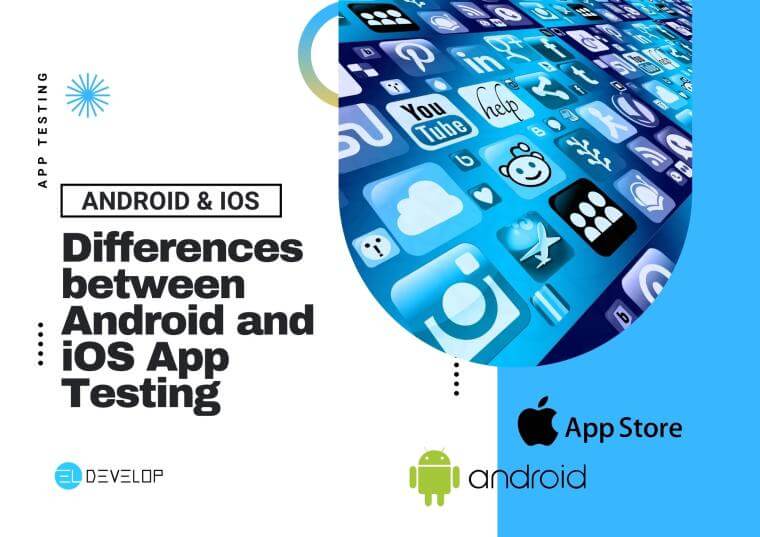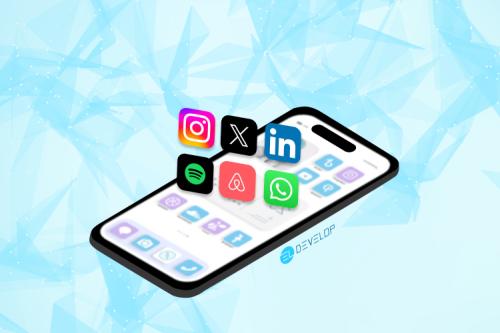
Differences between Android and iOS App Testing
Your users have a range of devices. These can be tablets and phones from different manufacturers with different versions of Android, screen resolutions, diagonal, firmware, and other characteristics. How to take this into account, because it is impossible to test the application on all device variants?
It is worth choosing the most popular devices among your users, and also testing on the oldest and newest supported OS. It is also important to check the application on devices with highly customized firmware. For example, Xiaomi, Huawei, Samsung, or iOS app testing.
Healthcare IT Innovations: Improving Patient Care Through Technology
Mobile performance testing
This block includes all the things you need to check to make sure that your finished product matches its documented version of iOS testing. This block of testing includes checking:
1. Installing and uninstalling the application on the device.
2. Launch the application on the device.
3. The performance of the main functions of the application: authorization, registration, navigation between functions, personal user account, checking payment systems, checking the referral system, etc., in general, all the main functionality of your application.
4. Displays errors that occur in the application.
5. Display alert messages.
6. Interactions with files: sending, receiving, editing, deleting.
7. Displaying the application on various screens.
8. Output of push notifications.
9. App connections via WiFi and/or mobile network.
10. Application customization options (especially for Android app testing).
11. Background app running on the device.
12. "Share" and/or "Invite a friend" functions.
This block tests the overall compatibility of your application with the various devices, operating systems, and other applications it may interact with.
Unleashing the Power of Swift
It should also be noted that when iOS mobile testing the MP, an important point is the presence of an authorization infrastructure in the application architecture. The so-called authorization protocols (OAuth 2.0, superficial or additional to OAuth 2.0 - OpenID Connect, WebAuthn, SAML 2.0, Credential Management API), allow granting rights to access user resources on another service.


